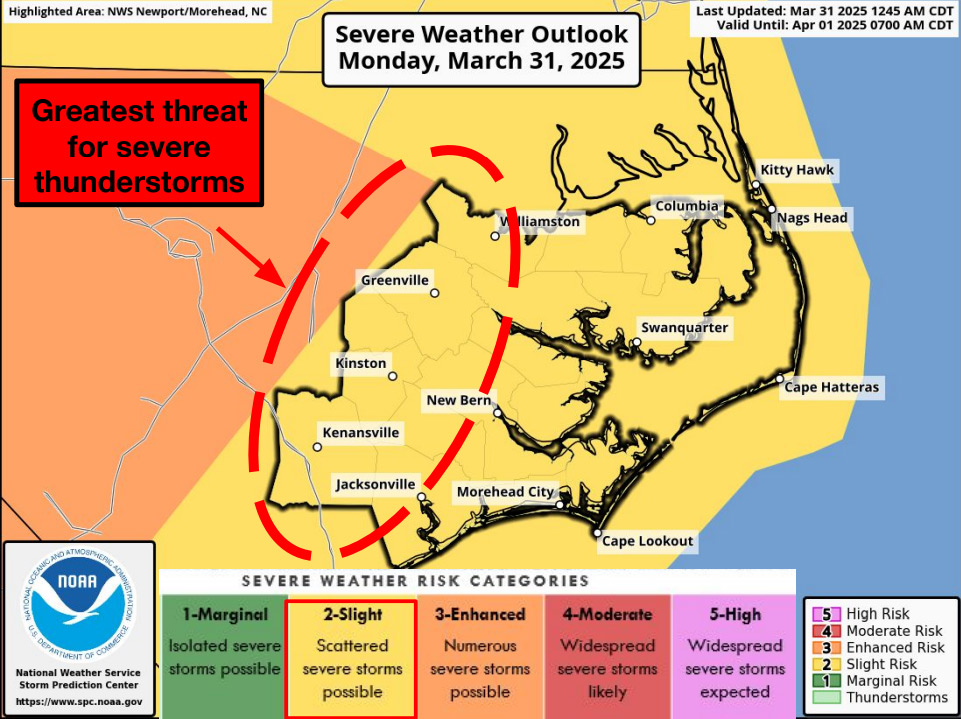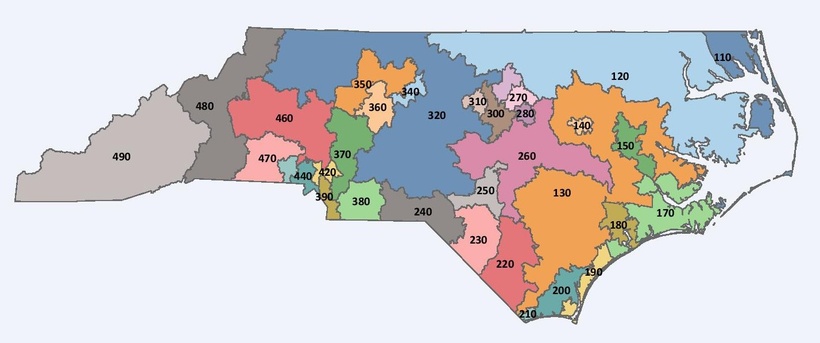The Night Sky: Stargazing tips for May
Although we had a lot of cloudy nights, April proved to be much better than March for stargazing and astrophotography. My two best images included M51 the Whirlpool Galaxy and 57 the Ring Nebula.
M51 is one of my favorite nighttime objects. You can see there are two galaxies in the photo. They are often referred to as M51-A (the larger of the two) and M51-B. You can also see there is a stream of stars going between the two. This is probably the result of a collision between the two that took place more than 50 million years ago. The stream is caused by the strong gravitational field of M51-A pulling stars away from its smaller companion. M51 is roughly 23 million light years away.
M57, the Ring Nebula, is a planetary nebula. Its distinctive wedding-ring shape appears to float in the skies. M57 is about 1,400 light years away. It can be seen through binoculars but a small telescope is needed to distinguish the ring feature of it.
MAY SKY WATCHING
Spica takes over from Arcturus as the Eastern star. If you use the Big Dipper to point to Arcturus, you can follow the same arc, about the twice the distance to the southeast to find Spica. Spica has a visual magnitude of +1.05, so it’s not as bright as Arcturus, but it is the 15th brightest star in the night skies.
On the night of May 5, this year’s Eta Aquarids Meteor shower will be at its peak. The meteors will appear to originate in or near the eastern horizon. Peak viewing will be from 3 to 4:30 a.m.
On May 7, Mercury will be at its highest point above the western horizon. Look for it just after sundown. Don’t confuse it with Venus. Venus is much brighter and will be fairly high above the western horizon.
On May 23, Saturn will be at its brightest phase of the year. At midnight, it will be about a third of the way from the southern horizon to the zenith and just a little east of due south. This is a great opportunity to get a view of the rings and moons of Saturn.
The Hercules Cluster (M13) can be observed just about every night! With a visual magnitude of +5.8, it can be viewed with the naked eye on very clear, dark nights. If you take the time to head up on the beach or get away from city light pollution by driving to such spots as Ramp 27, you will have a better chance of spotting it.
You can locate it by mentally drawing a line from Arcturus towards a very bright star to the northeast, Vega. The Hercules Cluster is about two-thirds of the length of that line. It will be difficult to see without binoculars or a telescope. If you have the option of viewing M13 through binoculars or a telescope, you will be amazed at how spectacular it is!
MOON PHASES
ASTRONOMY TALK
The Ecliptic is the path the sun and planets take through the skies. Of course, this is a relative view since the planet Earth is actually revolving around the Sun on the same path as the other planets. Remember Copernicus!
A planetary nebula is a cloud of gas emitted by a dying red giant star. In the 1780s, William Herschel thought the round shapes looked like planets and gave them the confusing name.
(Gerry Lebing is a retired computer scientist with the U.S. Geological Survey in Washington, D.C. He has visited Hatteras Island since the mid-1970s. He and his wife, Karen, have owned property here for several years and moved to their home in Waves full-time in 2013. Astronomy is a subject that Gerry says he has always been interested in and one that he pursues seriously — he’s built an small observatory next to his house. You can send him questions about the night sky through e-mail, gerry@wmi.org.)
















